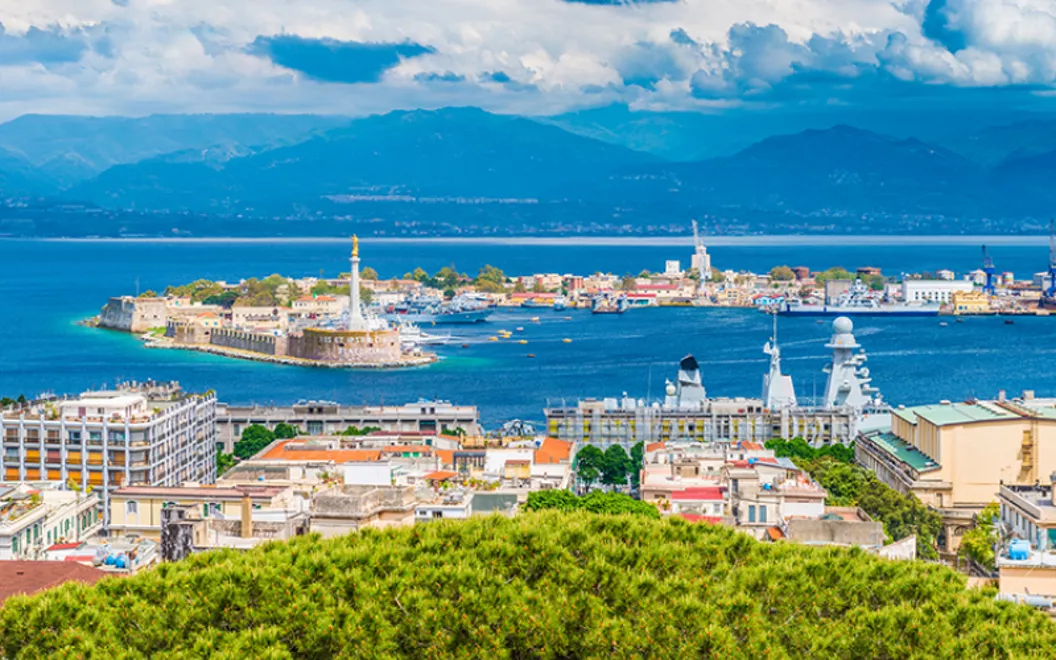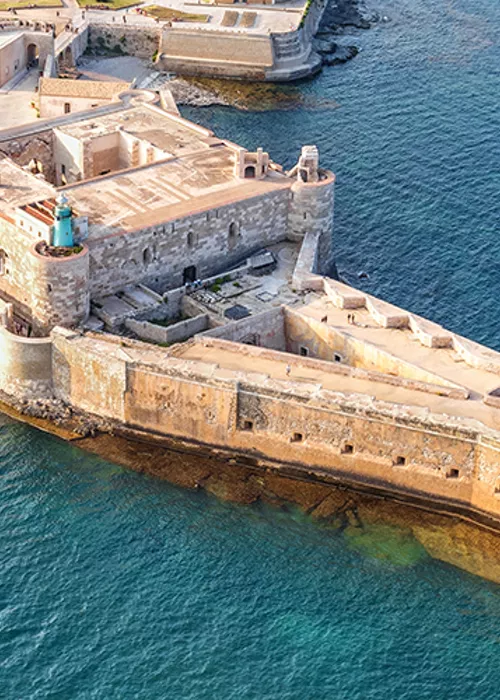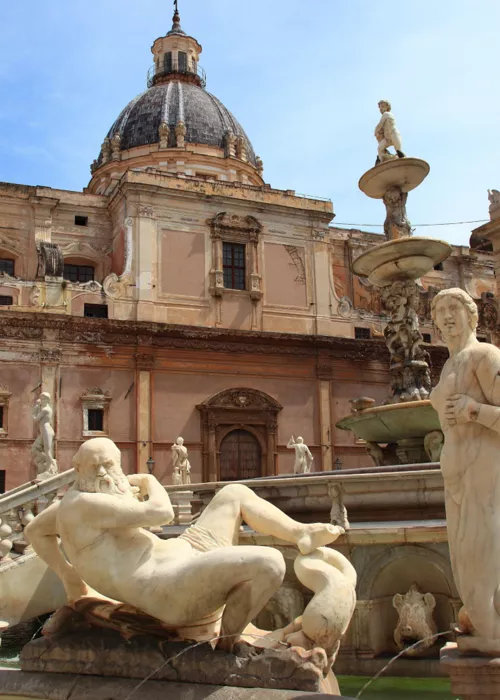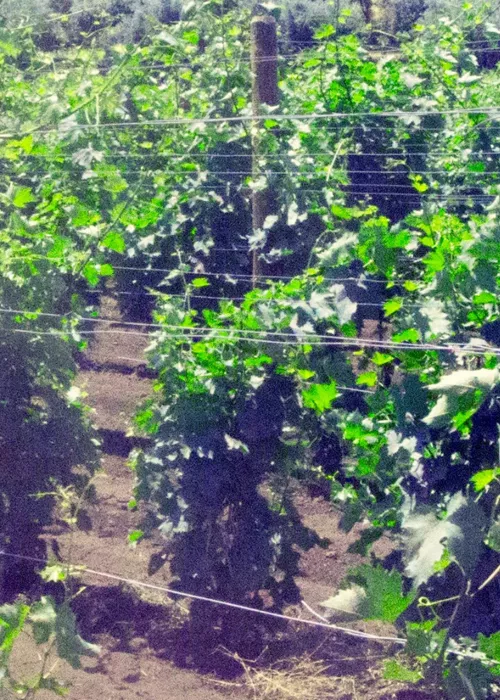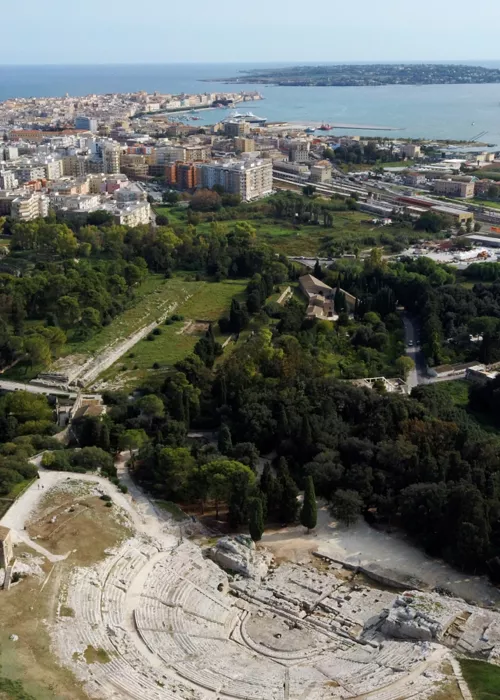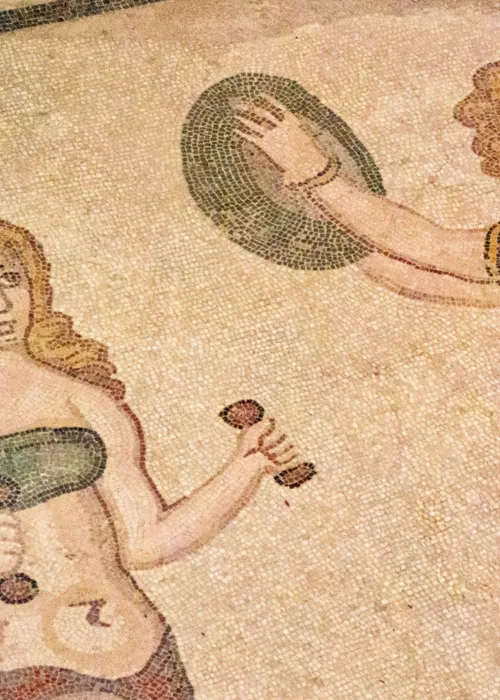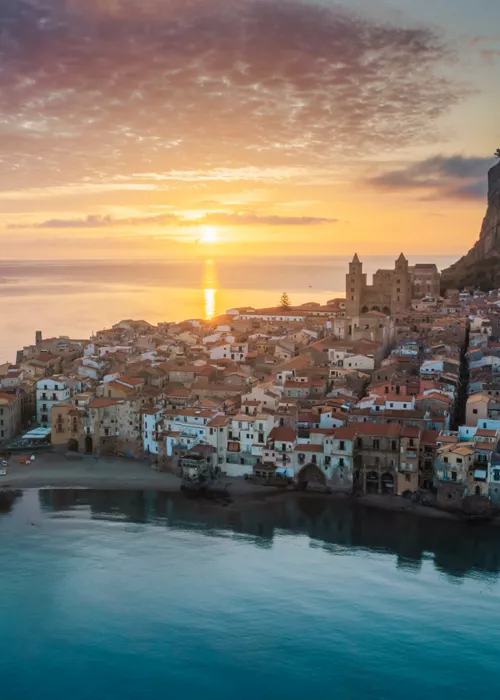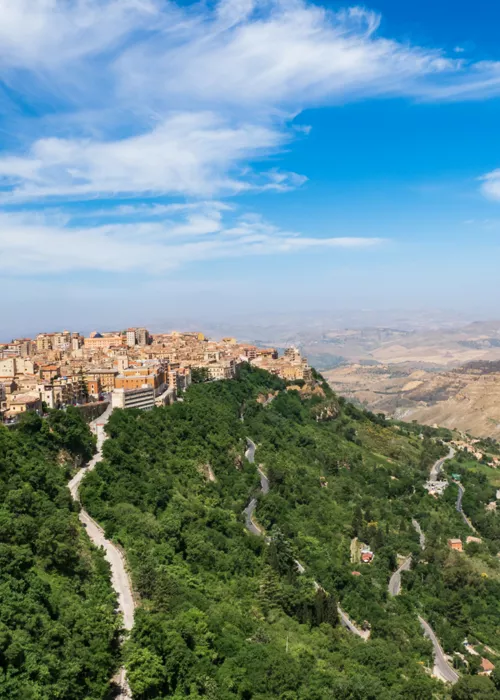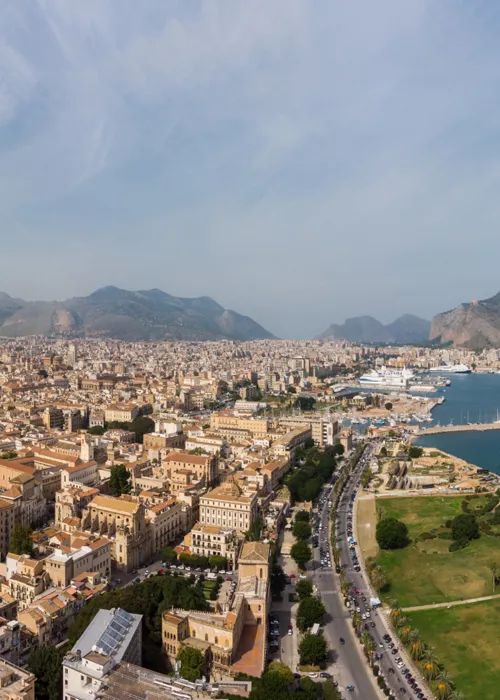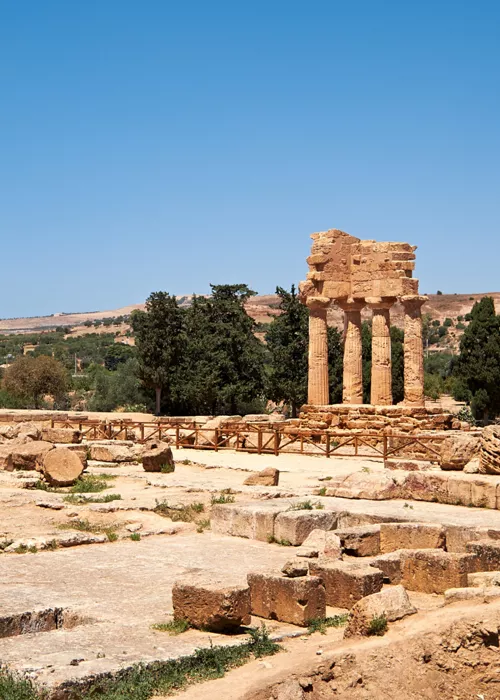Capo Zafferano, eastern end of the Gulf of Palermo

The trip starts from Palermo, a city rich in art in every corner, from the Norman Palace with the Palatine Chapel, to the Cathedral and the Zisa, (a splendid palace - as the name suggests, from the Arabic al-’Aziza - inside the Norman royal park), all UNESCO sites. The city, Phoenician by foundation, derives its name from the Greek 'pan ormnos', meaning 'all port', because of its special relationship with the sea: look out from the Mondello beach and you will understand in an instant what it is all about.
Leaving Palermo, after ten miles you will see Capo Zafferano, a promontory marking the eastern end of the gulf. Go ashore and visit one of the most enchanting landscapes in the southern Tyrrhenian Sea.
Cefalù and its cathedral

Returning to Capo Zafferano, after three miles, take the quay at Bagheria, filled with villas where the lords of Palermo used to stay for their holidays (among the many, don't miss Villa Butera). You are in the Gulf of Termini Imerese, where you can dock, but your route points straight to Cefalù, which can be reached after 30 miles. You'll be charmed by the majestic Cathedral, but also by the small fishermen's harbour. Take the opportunity to stroll along the promenade and enjoy almond paste, a coffee frozen drink with cream and a hot brioche.
Capo d'Orlando announced by lighthouse

From Cefalù make your way to Capo d'Orlando. The 43 miles that separate you from your destination are punctuated by two enchanting stops: at Santo Stefano di Camastra and Sant'Agata di Militello, interspersed with the promontory and beach of Caronia.
Announcing Capo d'Orlando is the lighthouse on Monte della Madonna. Next to the port is the village of San Gregorio.
Milazzo, authentic port

Having rounded Capo di Gioiosa Marea after about fifteen miles, head towards the delightful village of Tindari on the promontory, and then dock at Barcellona Pozzo of Gotto and Milazzo: both stops tell of an authentic Sicily. After Tindari, you can also opt for Portorosa, one of Ulysses' ports. Turning northwards, you catch a glimpse of the wild beauty of the Aeolian Islands, from which rise the active volcanoes of Stromboli and Vulcano, after which the route is named.
Messina, gateway to the Strait

After leaving Milazzo and rounding the Promontory Cross, go 30° to Capo Peloro and enter what was once Cariddi, in the funnel of 'U Strettu'. The Strait, the stretch of sea separating Calabria from Sicily, which is said to be inhabited by two sea monsters, Scylla and Charybdis, is an enchanted place, with a unique and marvellous landscape. It has fuelled myths and narratives since ancient times. Watch out for winds and strong currents. You are in the Cape Horn of the Mediterranean, with a characteristic bustle of ferries, against the backdrop of four miles of a unique and extraordinary seascape of absolute enchantment. Here is Messina and its huge natural harbour, which seems to welcome you in a warm embrace. On the 'door', the Madonnina della Lettera, protector of the city, greets the guests. Over the centuries, Messina was an important and strategic port in the Mediterranean basin. Despite the fact that the city was almost completely destroyed in the 1908 earthquake, some valuable monuments still bear witness to its history of excellence. The Cathedral, predominantly Gothic-Norman in style, with the mechanical astronomical clock in the Bell Tower, which every day for 12 minutes at midday offers an astonishing spectacle, the Church of the Catalans, dating from the Byzantine period and used as a mosque at the time of the Emirate of Sicily (around the 10th century A.D.), the Town Hall and the Neptune Fountain. The promenade and the panoramic street offer a spectacular and seductive view of the other side. Messina will also win you over with its 'sweetness': not to be missed are the traditional pastries, with the classic cannolo or the lulù (a typical cream puff), and the ice-cream parlour, with its special flavour, thanks to the traditional use of carob as a natural thickener and a creamy processing typical of Messina. Those who love savoury food will not be able to leave without first tasting the pescespada a ghiotta, with cherry tomatoes, olives and capers, the Messina-style rolls (of meat, pepper or aubergine, stuffed with fragrant breadcrumbs and cheese), or the classic arancino (here obligatorily male), which delights every palate.
The information was provided by Viaggio Italiano


